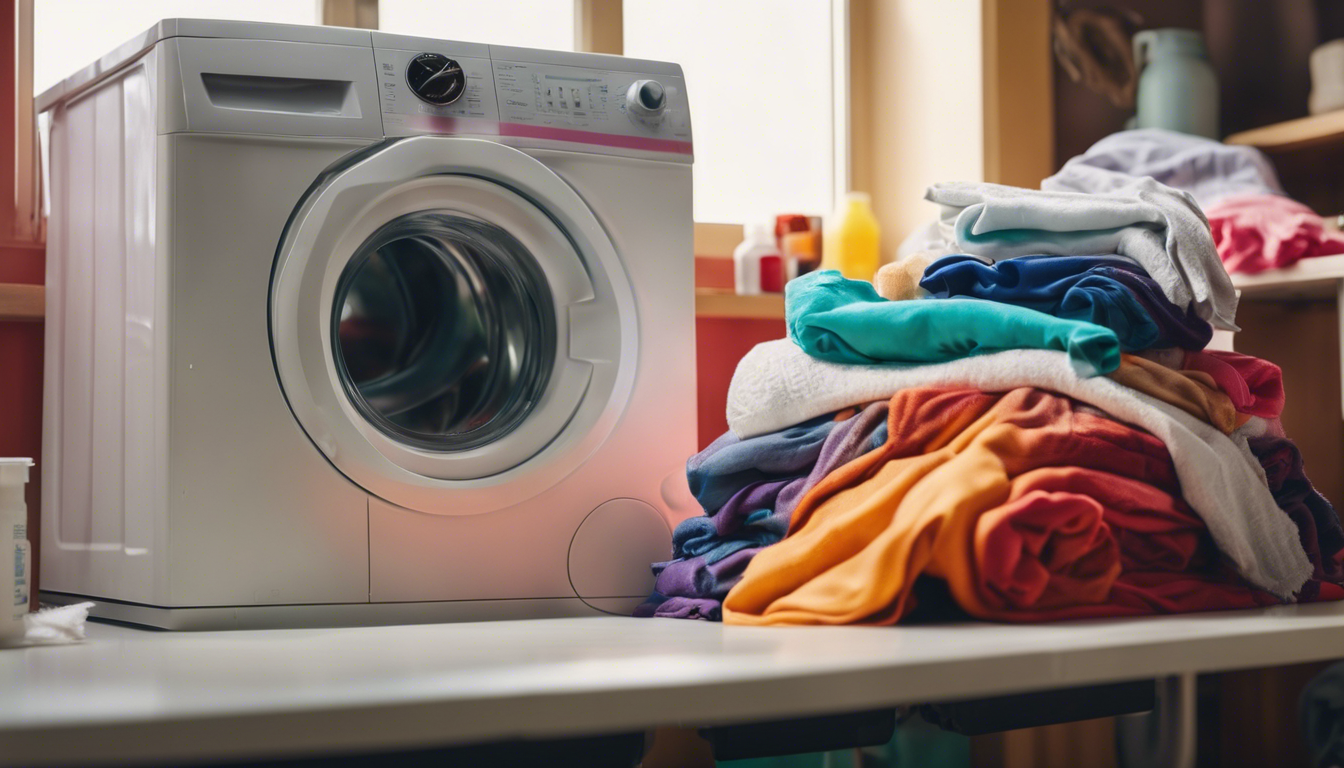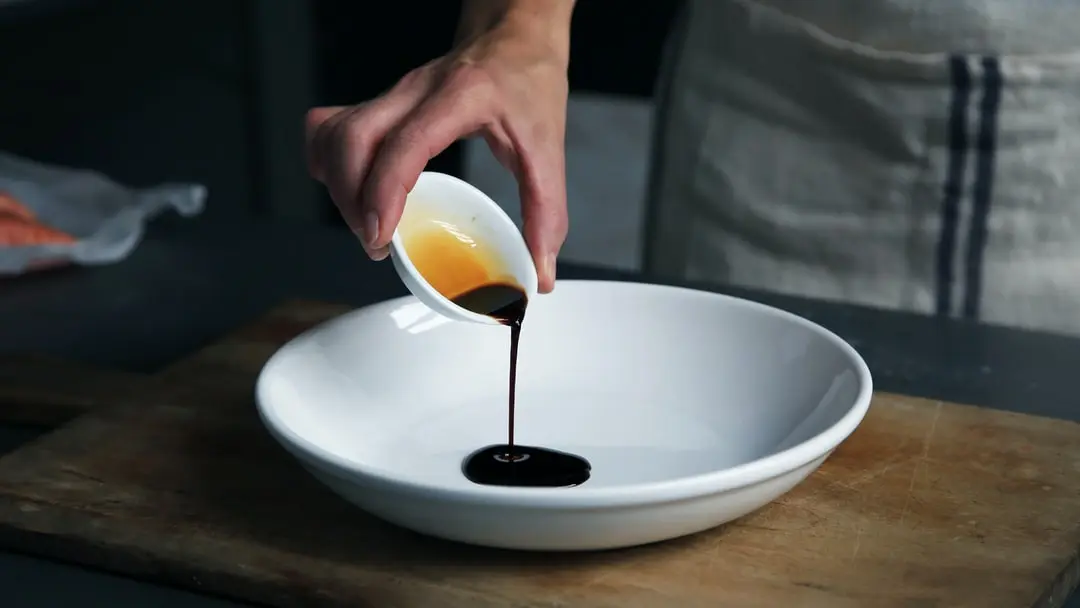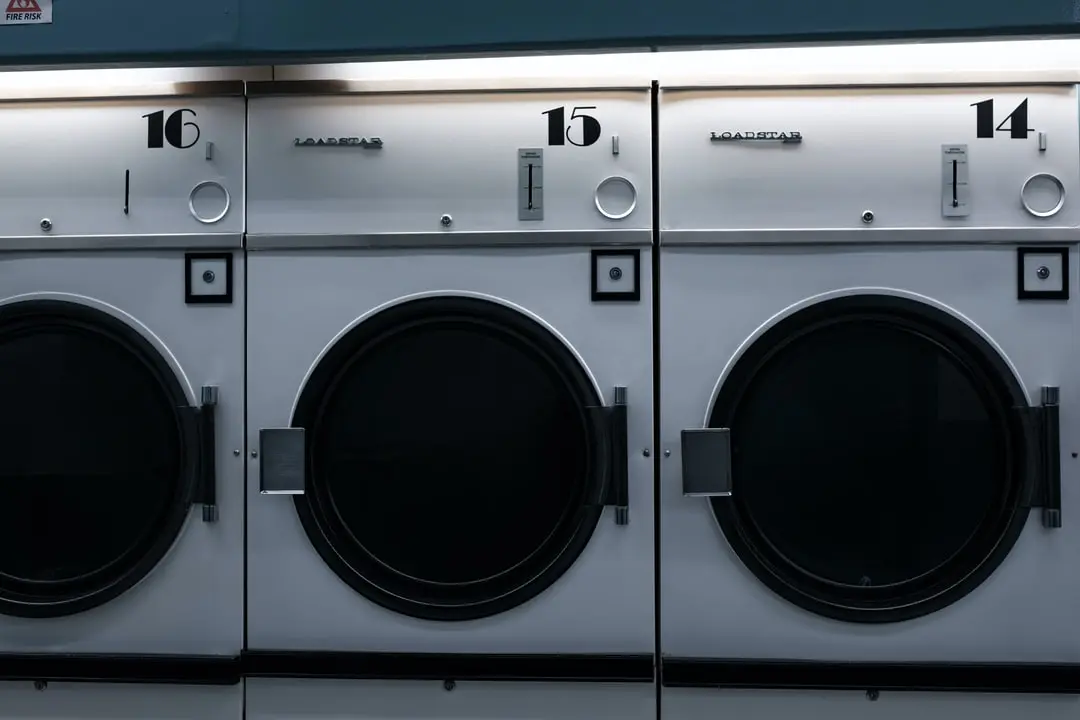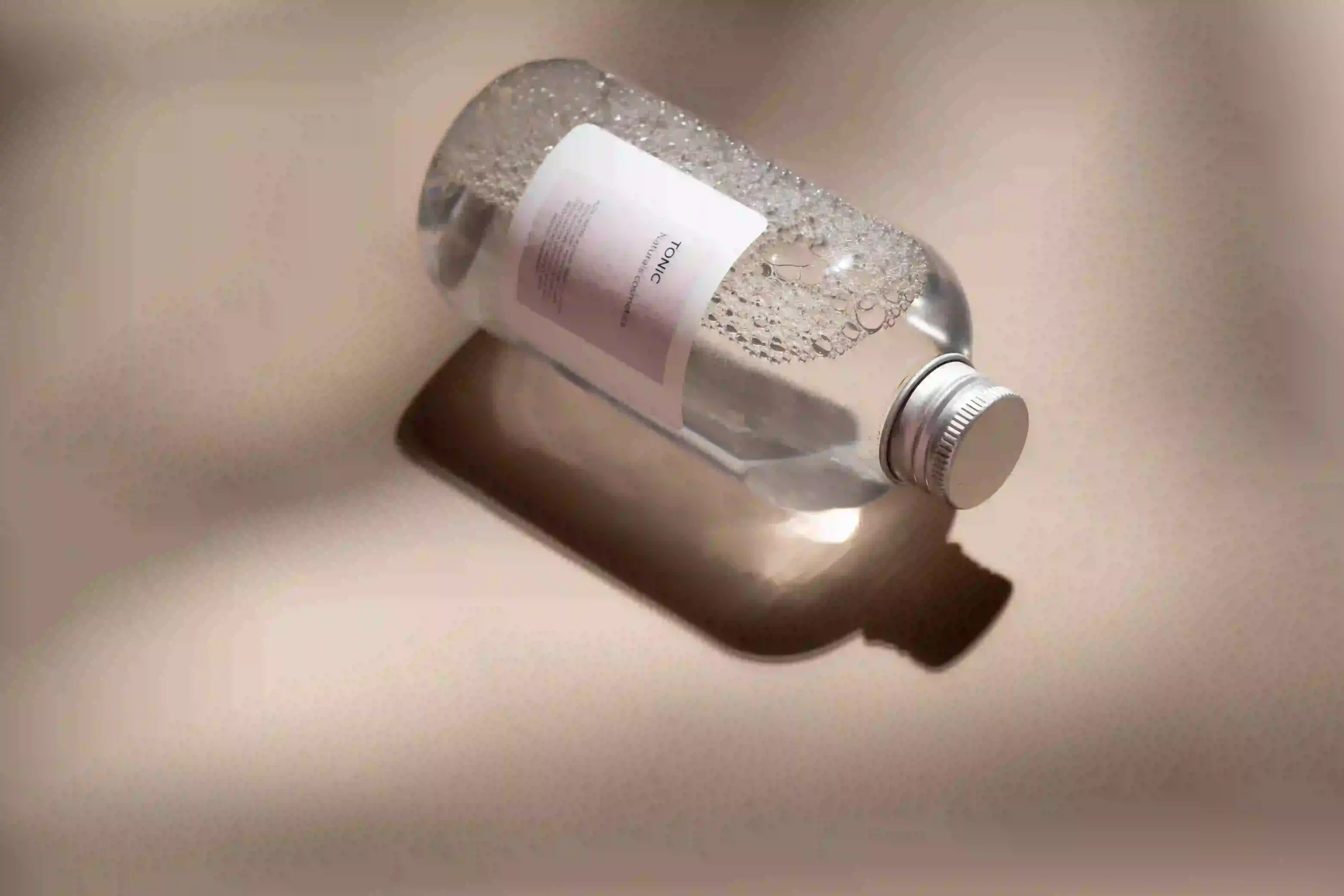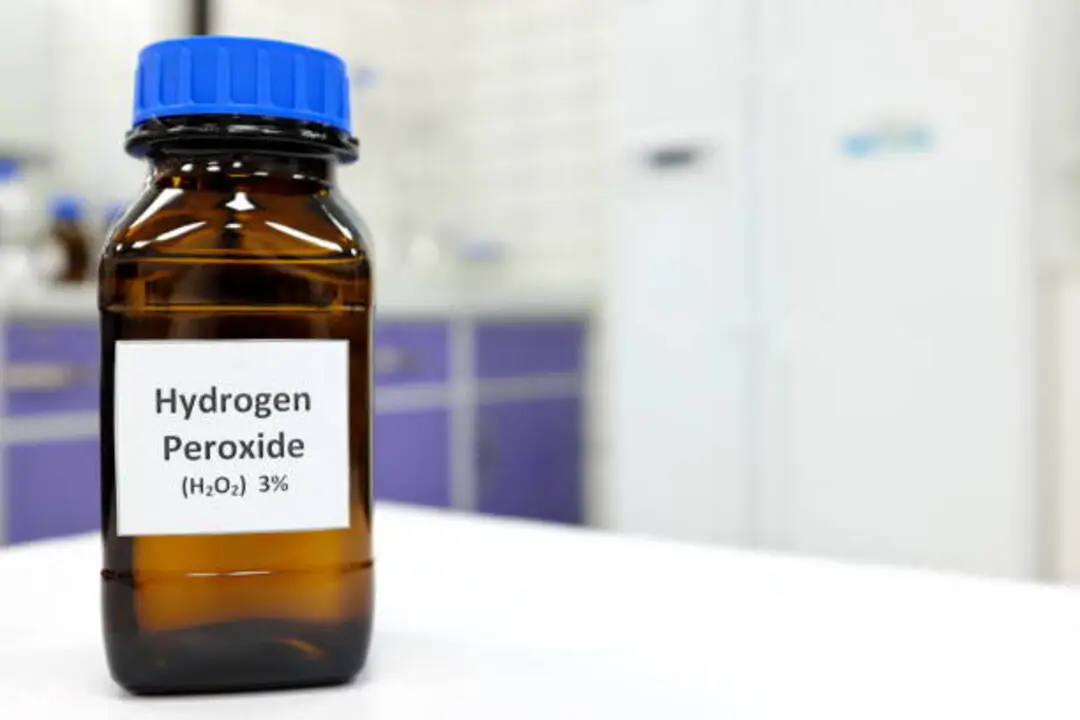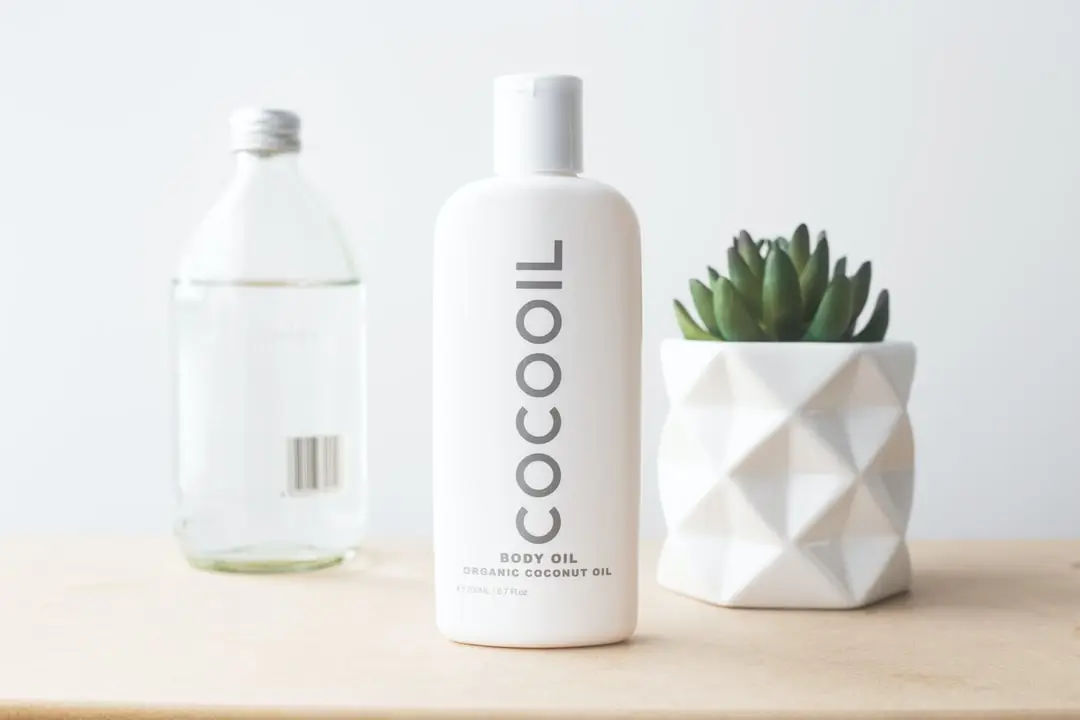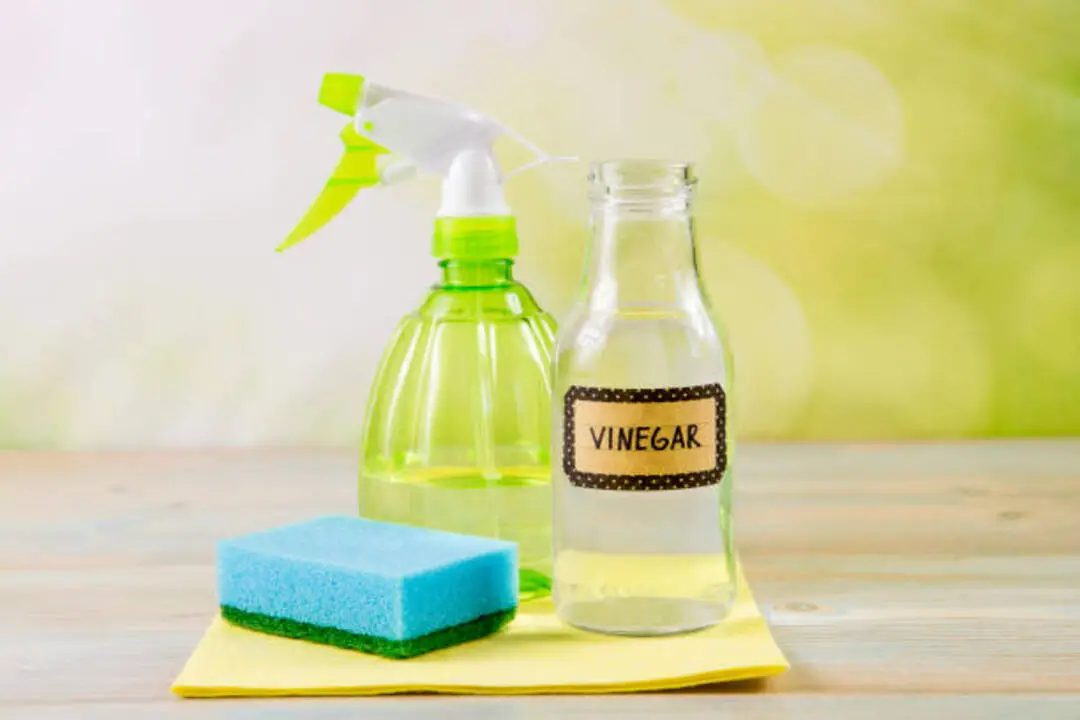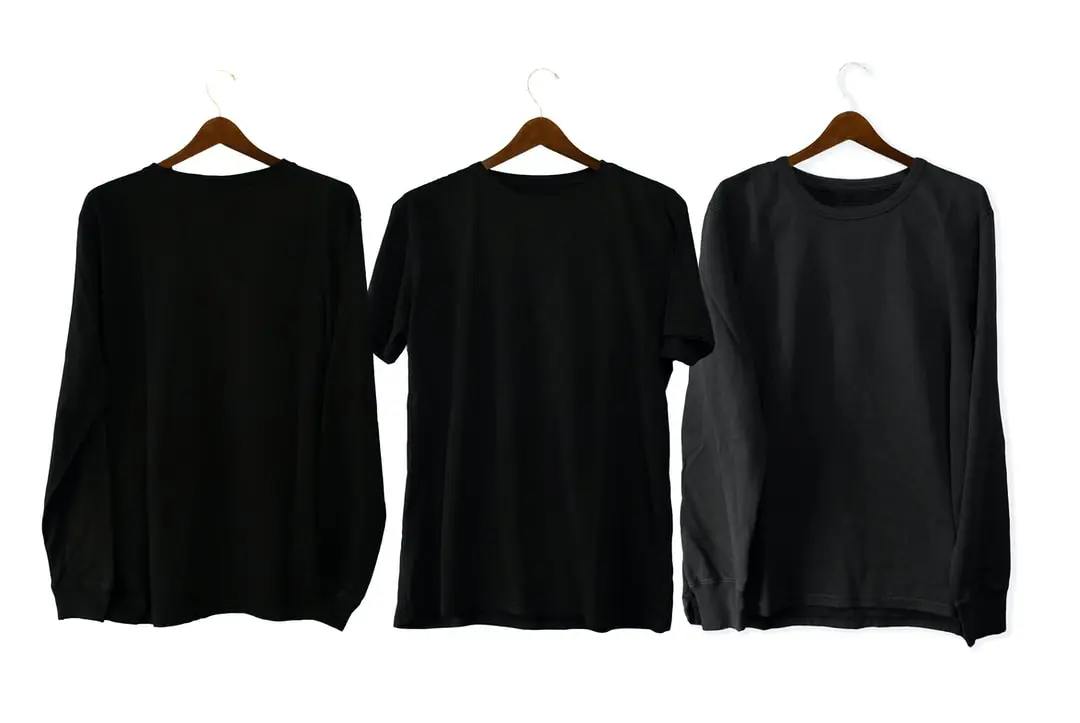When you handle laundry, it’s essential to prevent color bleeding to maintain the appearance of your clothes. While sorting by color is a good start, there are additional methods to ensure your vibrant colors remain intact. Washing clothes in cold water can help, but the choice of detergent also plays a significant role in preserving those hues.
Exploring extra techniques can lead to noticeable improvements in your laundry routine, helping you avoid the common mishaps associated with color bleeding.
For instance, consider using a detergent specifically designed to prevent color transfer, such as those labeled as “color-safe.” These products often contain ingredients that help lock in dyes and reduce the risk of bleeding.
It’s also beneficial to add color-catching sheets to your wash. These sheets absorb loose dyes in the water, preventing them from settling onto other garments.
Another effective strategy is to wash new clothes separately the first few times. Many new garments, especially darker or brighter colors, may release excess dye during their initial washes.
Testing items for colorfastness before washing them with others can save you from potential disasters. Simply dampen a small, inconspicuous area of the fabric and press a white cloth against it. If the color transfers, it’s best to wash that item alone.
By implementing these techniques and being mindful of your laundry choices, you can significantly reduce the risk of color bleeding, keeping your wardrobe vibrant and fresh for longer.
Understanding Color Bleeding
Understanding color bleeding begins with recognizing how dyes in fabrics react during the wash cycle. When clothes are placed in the washer, the combination of water, heat, and detergent can cause some dyes to release and spread onto other items. This issue not only inconveniences laundry day; it also impacts the visual appeal of your wardrobe.
Bright, vibrant colors are known to evoke feelings of happiness and energy. However, when colors bleed, they can create a muddled appearance that detracts from the overall look.
Dye chemistry plays a crucial role in this process. Different fabrics absorb and release dyes at various rates. For instance, natural fibers like cotton often retain dyes differently than synthetic materials, which can lead to unexpected color transfers.
Being aware of these chemical interactions is essential for effective laundry management. To prevent color bleeding, consider using color-catching sheets, which can trap loose dyes in the wash. Always separate light and dark items before washing, and opt for cold water cycles to help minimize dye release.
Importance of Sorting Laundry
Sorting laundry is essential for preventing color bleeding and preserving the quality of your clothes. Effective sorting not only protects your garments but also demonstrates your attention to detail in caring for your wardrobe. Utilizing various sorting methods helps keep colors vibrant and avoids accidents that could ruin a cherished piece.
Start by categorizing your laundry based on color. Separate whites, darks, and bright colors to reduce the risk of dye transfer. For instance, wash whites with other white items to keep them bright and clean, while grouping darks together helps prevent fading. Bright colors require extra caution since they’re prone to bleeding. If you have a new item and are unsure about its colorfastness, wash it separately the first time to be safe.
Taking the time to sort your laundry not only enhances the appearance of your clothes but also extends their lifespan. This careful approach reflects your dedication to maintaining quality care for yourself and those around you. Remember, investing a little extra effort in sorting can significantly improve your laundry routine.
To make sorting easier, consider using laundry baskets or hampers designated for specific color categories. You might also find laundry pods or detergents specifically designed to prevent color bleeding helpful. These products can further enhance your efforts in maintaining the integrity of your clothing.
Choosing Colorfast Fabrics
Choosing colorfast fabrics means you’re making a smart investment in the durability and quality of your wardrobe. These materials are designed to resist fading, which helps your clothes maintain their vibrant appearance over time. This is particularly important for special occasions or community events, where you want to look your best.
When selecting fabrics, consider options like polyester, nylon, and specially treated cottons. These materials are engineered to endure washing and exposure to light without losing color. Always check the labels for information about colorfastness to ensure you’re making informed choices. This diligence helps prevent color bleeding onto other garments in the wash, protecting your entire wardrobe.
Taking care of your colorfast fabrics enhances their longevity. Washing your clothes in cold water and using gentle detergents can help maintain their brightness and beauty. By selecting high-quality materials and practicing proper care, you not only extend the life of your clothing but also demonstrate the importance of quality and maintenance to those around you.
Pre-Washing Techniques
Before washing your new clothes, it’s essential to pre-wash them to prevent color bleeding. This straightforward step helps maintain the vibrancy of your favorite garments while ensuring that you don’t inadvertently affect the appearance of other items in your laundry.
Start with fabric pre-treatment, which is particularly useful for new purchases. Create a solution by combining water with a gentle detergent, then apply it directly to the fabric prior to washing. This technique helps lock in colors, reducing the risk of dye running during the wash cycle.
Another effective strategy is to soak your new clothes in a mixture of cold water and white vinegar for about 30 minutes. This method helps to set the dye in the fabric. The vinegar acts as a natural fixative, which significantly lowers the chances of colors bleeding.
Implementing these pre-washing techniques not only extends the life of your clothes but also keeps them looking fresh and vibrant for longer.
Using Cold Water
Using cold water during the wash cycle effectively prevents color bleeding. Opting for lower temperature settings significantly reduces the likelihood of dyes running. Hot water can cause colors to release more intensely from fabrics, leading to unwanted mixing and fading.
Choosing cold water helps preserve the vibrant hues of your clothes, ensuring they maintain their appearance for longer periods. Cold water is also gentle on fabrics, which is particularly important for delicate items. It helps keep fibers intact, so your garments stay looking fresh and new.
During washing, cold water facilitates better rinsing, as it prevents dye from reattaching to other fabrics. Sharing laundry tips with others not only helps them avoid mishaps but also promotes sustainable practices.
Using cold water is energy-efficient, conserving resources and minimizing your carbon footprint. The next time you load the washer, remember that switching to cold water can significantly enhance the longevity and beauty of your laundry.
Selecting the Right Detergent
Selecting the right detergent is crucial for preventing color bleeding in your laundry. When caring for others’ clothing, it’s important that their garments remain vibrant and fresh instead of fading or becoming discolored.
Start by familiarizing yourself with the various types of detergents on the market. Liquid detergents tend to perform better in cold water washes and can effectively target stains without damaging colors. Powder detergents can also be effective, but they may leave residue if not dissolved properly.
Examine the ingredients in the detergent carefully. Steer clear of those that contain bleach or optical brighteners, as these chemicals can lead to fading or bleeding of colors. Instead, choose detergents specifically labeled as “color-safe” or “gentle” on fabrics. These products are designed to clean efficiently while preserving the vibrancy of your loved one’s clothing.
When washing mixed loads, opt for a detergent that’s suitable for both light and dark fabrics. This ensures that colors remain true and fabrics are protected.
The right detergent choice can greatly impact the longevity and appearance of clothing, allowing you to take great care of your loved ones through thoughtful laundry practices. For effective options, consider brands like Tide Free & Gentle or Seventh Generation’s Color Safe Detergent, known for their ability to maintain fabric integrity while providing a thorough clean.
Adding Color Catcher Sheets
Color catcher sheets are an effective addition to your laundry routine, designed to prevent color bleeding. These sheets capture loose dyes released during the wash cycle, helping to keep your clothes looking vibrant and reducing the risk of color transfer. Incorporating color catchers enhances the safety of your laundry while maintaining strong cleaning capabilities.
To assist you in making an informed choice, here’s a comparison of popular color catcher products:
| Product Name | Color Catcher Effectiveness | Price Range |
|---|---|---|
| Brand A | High | $5 – $10 |
| Brand B | Moderate | $3 – $6 |
| Brand C | High | $8 – $12 |
| Brand D | Low | $2 – $4 |
| Brand E | Moderate | $4 – $7 |
When evaluating laundry products, it’s clear that some sheets offer superior color-catching capabilities. Selecting the right product not only protects your clothing but also contributes to a more sustainable washing process. This minimizes the need to rewash items that may be damaged due to color bleeding, ultimately saving time and resources.
For instance, if you frequently wash brightly colored items alongside whites, opting for a high-effectiveness product like Brand A or Brand C can be particularly beneficial. These brands have been noted for their ability to effectively absorb excess dye, ensuring that your laundry remains in pristine condition.
Avoiding Overloading the Washer
Overloading your washer can lead to a variety of problems, including dirty laundry and the risk of color bleeding.
It’s vital to adhere to the recommended load capacity and take into account the different fabric types you’re washing together. For instance, washing heavy items like towels alongside delicate fabrics can cause wear and tear or even damage.
By maintaining a balanced load, you not only extend the lifespan of your garments but also keep them looking vibrant and fresh for longer.
Always refer to your washer’s manual for specific load recommendations and consider separating colors to prevent dye transfer.
This approach ensures that your laundry experience remains efficient and your clothes retain their quality.
Proper Load Capacity
Overloading the washer can result in various laundry problems, including color bleeding. When the machine’s capacity is exceeded, clothes are unable to move freely, which hampers a thorough wash. This restricted movement increases the likelihood of dyes transferring from one garment to another, leading to unwanted color bleeding.
To preserve the quality of your laundry, it’s crucial to adhere to the recommended load size for your washer. Each machine has a specific capacity that shouldn’t be ignored. A practical guideline is to fill the drum loosely—clothes need ample space to tumble freely without being cramped.
For those uncertain about their machine’s limits, the user manual is a reliable source of information, and guidelines are often located inside the door of the washer for easy reference.
Maintaining proper load capacity not only enhances washing efficiency but also protects your garments from potential damage, ensuring they stay vibrant and last longer.
Fabric Type Consideration
Understanding different fabric types is crucial for keeping your laundry in top condition and preventing color bleeding. When sorting clothes, it’s important to consider the fabric blends and dye types used. Various materials behave differently in the wash; for instance, natural fibers such as cotton and linen typically retain dyes better than synthetic fabrics, which are prone to bleeding.
To maintain optimal washing conditions, avoid overloading your washer. Overloading can result in insufficient rinsing and increased friction among garments. Mix heavier items, like towels, with lighter fabrics only when necessary, as this can lead to dye transfer from darker colors. Instead, washing similar fabrics together ensures even cleaning and avoids complications.
Delicate fabrics, including silk and wool, need special care. Hand washing these items is often the best way to protect their color and texture. For blended fabrics, it’s vital to refer to care labels, as some may require specific washing settings or cold water to prevent color bleeding.
It’s essential to be mindful of these fabric considerations to keep your laundry looking fresh and vibrant. Taking the time to sort and treat your garments properly will extend their lifespan and maintain their appearance.
Proper Drying Methods
When it comes to drying your laundry, the method you select can significantly impact the prevention of color bleeding.
Air drying your clothes is a great option that helps maintain their vibrancy and fabric integrity. This method allows garments to dry naturally without the heat that can cause colors to run or fade.
On the other hand, if you decide to use a dryer, it’s crucial to choose the appropriate settings. For example, using a lower heat setting can minimize the risk of damage to delicate fabrics and help keep colors intact.
Always ensure that you separate dark and light items before drying to further reduce the chances of color transfer.
Air Drying Benefits
Air drying your laundry brings numerous advantages that help prevent color bleeding and prolong the life of your garments. Embracing air drying methods not only benefits the environment but also reduces the likelihood of colors running together. Unlike machine drying, which exposes clothes to high temperatures, air drying provides a gentler approach, ensuring that colors stay vibrant and true.
A significant benefit of air drying is the control it offers over sun exposure. While sunlight can naturally freshen up your clothes, too much exposure can lead to fading over time. Hanging your items in a shaded area allows you to enjoy a pleasant scent without risking the vibrancy of the colors.
Moreover, air drying preserves the quality of fabrics. It effectively prevents shrinkage and damage that often occur in a dryer, contributing to longer-lasting clothing that maintains its appearance.
Taking the time to air dry your laundry not only protects your favorite pieces but also promotes sustainable practices. Incorporating these techniques ensures that your clothes remain colorful and beautiful for many years to come.
Dryer Settings Matter
Selecting the appropriate dryer settings is crucial for preventing color bleeding in your laundry. Understanding how temperature adjustments and dryer types impact your fabrics allows you to protect your clothes effectively and keep them looking vibrant for longer. Here are some practical tips to guide your choices:
- Opt for lower heat: Choose delicate or low heat settings to reduce the risk of color transfer during the drying process. High temperatures can cause dyes to bleed, especially in new garments.
- Separate your laundry: Always dry dark and light items separately. This simple step minimizes the potential for color bleeding and helps maintain the integrity of your fabrics.
- Know your dryer type: Different types of dryers, such as ventless or conventional, can affect drying outcomes. Familiarize yourself with your specific dryer’s capabilities to optimize your drying results.
- Monitor drying time: To prevent over-drying, set a timer or check your laundry periodically. Over-drying can’t only lead to color fading but also damage the fabric fibers.
- Follow fabric care labels: Always refer to the care labels on your garments for tailored drying instructions. These labels provide valuable information that helps safeguard your clothing’s color and texture.
Storing Clothes Correctly
Properly storing clothes is crucial for preventing color bleeding during laundry, as it helps maintain their vibrancy and longevity.
Begin by sorting your garments based on color and fabric type. This organization makes it easier to select items that can be washed together without risk of color transfer.
Implementing seasonal storage practices can also be beneficial. For example, when warmer months arrive, pack away heavy winter clothing after ensuring they’re clean and dry.
Use breathable storage bins or bags to avoid moisture buildup, which can lead to dye bleeding. Overcrowding your storage spaces should be avoided, as it can cause wrinkles and promote color transfer between garments.
Labeling your bins or shelves enhances your clothing organization, allowing for quick access to what you need.
Before storing items, ensure they’re completely free from stains or residue, as these imperfections can set in over time, leading to unwanted discoloration.
Testing New Clothes
Before putting new clothes in the washing machine, it’s important to check them for colorfastness. This straightforward fabric test ensures the dyes in your new garments won’t bleed onto other items, protecting your wardrobe.
Here’s how to conduct the test effectively:
- Select a discreet area: Look for a hidden spot on the fabric, such as the inside hem, to avoid visible damage.
- Moisten a cotton swab: Use water or a gentle detergent on the swab to prevent harming the fabric.
- Gently rub the swab: Press it against the fabric for several seconds to allow the dye to transfer.
- Inspect for color transfer: Check the swab for any dye. If the swab is stained, the fabric may not be colorfast.
- Wash separately if necessary: If you observe any bleeding, wash the item alone or with similar colors to prevent unwanted staining of other garments.
Testing for colorfastness is crucial because it helps maintain the integrity of your clothing, ensuring they stay vibrant and in good condition over time.
Dealing With Stains Promptly
Timeliness plays a crucial role in effectively addressing stains on your clothing. Acting quickly significantly increases your chances of successful stain removal. When a spill happens, remain calm and view it as an opportunity to protect your wardrobe. Assess the situation promptly and take immediate action.
Gently blot the stain with a clean cloth to soak up any excess liquid; avoid rubbing, as this can spread the stain further.
For quick solutions, it’s wise to keep a stain removal kit readily available. This kit might contain a stain stick, white vinegar, or baking soda—simple yet effective items that can make a difference. If you catch the stain early, you may be able to treat it with just water.
Should that not suffice, apply your preferred stain remover, making sure to follow the instructions carefully. After applying the treatment, allow it to sit for a few minutes before rinsing it with cold water.
Always check the garment’s care label to ensure you’re using appropriate methods. Taking care of your clothes not only extends their lifespan but also keeps your wardrobe looking fresh and vibrant. Swift action now can help you avoid larger laundry issues down the road.
Regular Machine Maintenance
Maintaining your washing machine is crucial for preventing color bleeding in your laundry. Regular upkeep ensures that your machine runs smoothly, safeguarding your clothes from damage. Here are some key maintenance tasks to prioritize:
- Lint trap: Clean the lint trap after every use. This simple step prevents lint buildup, which can impair your machine’s performance and affect the cleanliness of your laundry.
- Detergent dispenser: Make it a habit to rinse the detergent dispenser regularly. Residue from detergent can accumulate and mix with your laundry, leading to dull colors or uneven cleaning.
- Drum cleaning: Perform a drum cleaning cycle at least once a month. This helps eliminate mold, mildew, and detergent residue that can develop over time, ensuring your washer remains fresh and effective.
- Hose inspection: Inspect the hoses connected to your washing machine for any signs of leaks or wear. Damaged hoses can cause water damage and decrease washing efficiency, so addressing any issues promptly is essential.
- Filter maintenance: Periodically clean the filters to maintain proper water flow and accommodate various water hardness levels. Clogged filters can hinder performance and lead to more significant problems down the line.
It’s also important to align your machine settings and cycle selections with your laundry requirements.
Features designed to reduce vibrations can enhance stability and prevent unnecessary movement during cycles, which can be particularly beneficial if your laundry area is small or has limited space.
Expert Tips for Laundry Care
Maintaining your washing machine is just the beginning of effective laundry care. To truly care for your garments and those you wash for, understanding fabric care is essential. Start by addressing common laundry myths; different fabrics require tailored washing techniques.
Select appropriate settings based on the fabric type to achieve the best results for stain removal and color retention. When sorting laundry, practice color matching to prevent color bleeding; always wash dark colors separately from light ones.
Investing in quality fabric treatments can enhance garment longevity. Organization is crucial, so group similar fabrics and colors together to keep them vibrant over time.
Choosing the right detergent is vital. Look for a detergent that meets your specific needs, whether you’re washing delicate items or tackling tough stains. It’s important to avoid using excessive detergent, as this can lead to residue buildup, negatively impacting your clothes’ appearance and lifespan.
Whenever possible, opt for air drying. This gentle method helps maintain colors and extends the life of fabrics. By implementing these expert tips, you’re not just doing laundry; you’re investing in the care of your clothes and ensuring they remain in good condition for yourself and those around you.
Conclusion
To maintain the vibrant appearance of your laundry, it’s essential to recognize that a significant portion of color bleeding—approximately 80%—occurs during the first wash. Sorting your clothes into darks, lights, and whites is crucial for preventing colors from mixing. Using cold water is also beneficial, as it helps to set the dyes in fabrics, minimizing the risk of them running. Opting for color-safe detergents can further protect your garments since these products are specifically formulated to prevent dye transfer.
Always remember to pre-wash new items before adding them to your laundry routine; this step helps to remove excess dyes that could bleed onto other clothing. Additionally, treating stains promptly can prevent them from setting and becoming more challenging to remove.
By incorporating these straightforward strategies into your laundry habits, you can safeguard your wardrobe and prolong the life of your favorite pieces. Happy washing!
